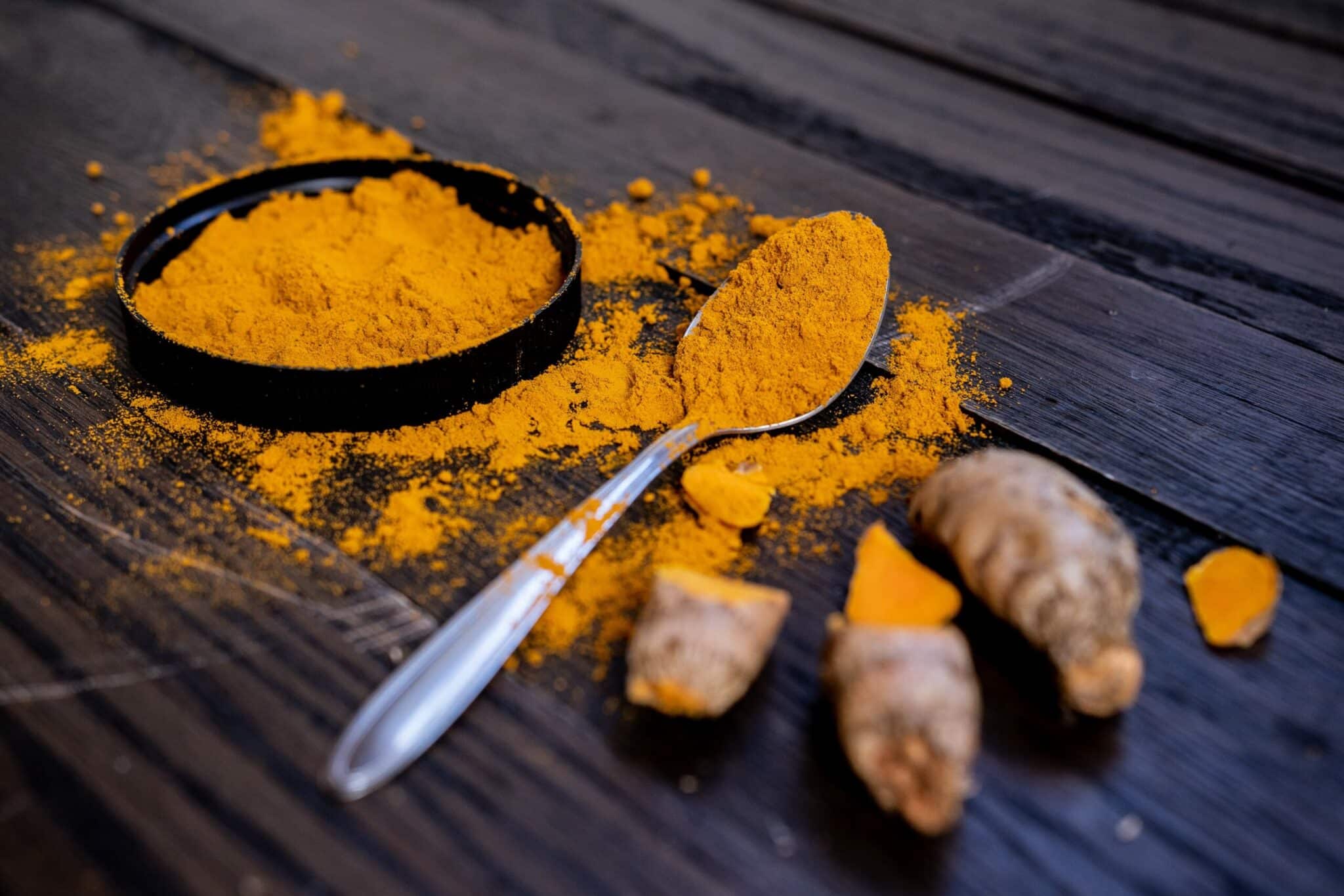Updated on April 9th, 2023
Cane vinegar is made from sugarcane. It’s made by crushing and fermenting sugarcane then cooked into a syrupy substance before being distilled into vinegar. To age and develop a sweet, mildly flavored, smooth vinegar, most high-quality cane vinegar are left in oak barrels. This procedure enables it for use in salads, sauces, deglaze for vinaigrettes or meats when combined with walnut or other oils.
Cane vinegar is common in Filipino cooking and many other islands where sugarcane is also grown and harvested. It’s often called sukang iloko in the Philippines, after the northern region of Illocos, where the vinegar is majorly produced. You can also find it labeled sukang maasim, which doesn’t mean region this time around but means vinegar or sour vinegar. Sukang maasim is the most commonly found in Filipino grocery stores outside the Philippines. Cane vinegar is becoming increasingly popular and readily available in different grocery stores in the US. It’s even manufactured in California and Hawaii now, and many say they like its light taste in various dishes.
Uses
Cane vinegar has a mildly sharp, sour, but fresh taste suitable for pickling and making sauces. It’s commonly used in dishes with sweet and sauces like sauerbraten, pickled herring. It’s also used in hummus or lemon custard. Cane vinegar is a part of a classic Filipino dish called adobo, pork, and chicken simmered in bay leaves, garlic, vinegar, and spices. Passow na pasta or braised pork leg is another Filipino dish usually made with a few cups of cane vinegar. Its light flavor means it’s piquant and won’t overshadow the dish, so it’s used as a marinade and as part of salad dressings. Cane vinegar is part of several dishes from around the world, dishes like;
- Peach verbena clafoutis
- Summer fruit cobbler
- Gourmet orange salad
- Sesame soba noodles
- Dried cranberries cookies
- Gingerbread with candied orange
- Chocolate wafer sandwich cookies
- Vegetarian potstickers
- Chiquibambino marinated pork ribs
- Savory pork stir-fry
- Backyard barbecue spareribs
-
Brie puffy omelet
- Simple vinaigrette
- Sumac chicken lemon Israeli couscous
- Peppered pork roast with cherry salsa
Substitute for Cane Vinegar
Balsamic Vinegar
This substitute is made from white Trebbiano grape juice and aged three to 25 years in a barrel, depending on preference. It’s of a unique syrup body, brown color, and slight sweetness. It’s sparingly used in Italian and Mediterranean dishes to add a mellow sweetness. It can also be poured on salads and desserts like cane vinegar. Use three quarters 3/4 tablespoon of balsamic vinegar to substitute one tablespoon of cane vinegar.
Cider Vinegar
This is another great and near-perfect substitute for cane vinegar. It’s sweet, tasty, delightful, and a staple in some savory dishes. It’s commonly used in baked goods, sauces, dips, toppings, fruit salads, salad dressings, etc. It’s mild with a subtle hint of apple flavor, as it’s made from fermented apple cider. When substituting in your recipes, use cider vinegar in a 1:1 ratio with cane vinegar.
Rice Vinegar
This is another excellent substitute for cane vinegar. It’s the most delicate and sweetest vinegar, and it’s made from rice wine or sake and is used for the most sumptuous dishes. Due to its lovely tone, use three quarters 3/4 tablespoon of rice vinegar to replace one tablespoon spoon of cane vinegar.
Malt Vinegar
This substitute is made from malted barley, and it’s sweet but mild. It’s a reasonable substitute for cane vinegar and a steady ingredient in fish dishes and chips. Cane vinegar is stronger than malt vinegar, so you may want to add a little more than asked for in the dish. Use malt vinegar in a 1:1 ratio when substituting for cane vinegar in your recipes; you can add one tablespoon or more if it’s not sweet enough for you.
Fruit Vinegar
Fruit vinegar works very well in many cocktails and cooking recipes, especially those that already have fruits as part of their ingredients. It’s usually mild in flavor and slightly sweet, and they’re fantastic in salad dressings, pickling, and chicken recipes. Use fruit vinegar in a 1:1 ratio with cane vinegar when substituting it in your recipes.
Frequently Asked Questions (FAQs)
Is white vinegar the same as cane vinegar?
White vinegar is also called spirit vinegar. It’s clear and usually produced from sugar cane, and it’s produced by letting sugar cane extracts go through acid fermentation.
What can I use instead of cane vinegar?
There are so many substitutes for cane vinegar in your recipes when you can’t seem to find it. We’ve listed some of the above, but other ones you can try, white wine vinegar again. It works well as a base for pickles and sometimes as a dip for fried catfish.
What are the benefits of cane vinegar?
Cane vinegar is a 100 percent natural product with lots of benefits. It provides relief from gas and constipation And, it improves appetite, digestion process, and your total health condition.
Conclusion
Cane vinegar is distinct, versatile, and the holy grail of Filipino cooking. It’s an important part of their delicacies and has been accepted as an exquisite ingredient by other regions and places. But when you read about vinegar in general or all the vinegar in existence, you’d realize cane vinegar, regardless of how important and different it is still closely similar to one or more other vinegar out there. So, there’s no need to get a headache if you can’t seem to find cane vinegar or have enough of it for use in your recipe.
So enjoy your dish without hassle, choose one of the substitutes mentioned above and get cooking.

